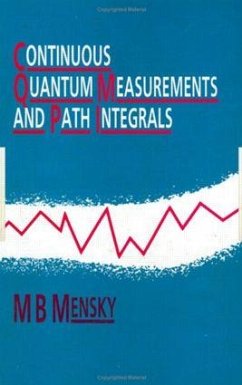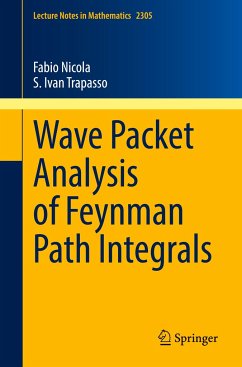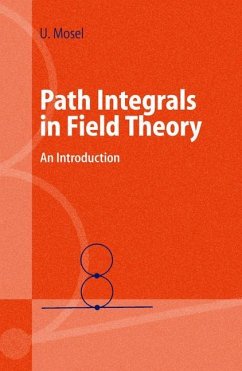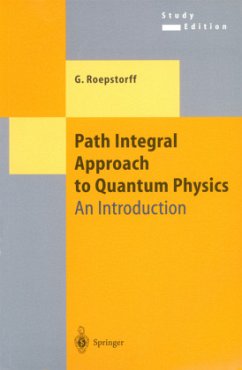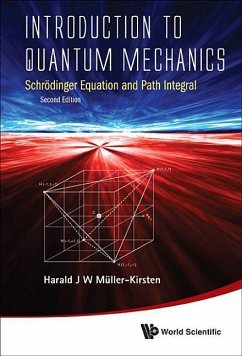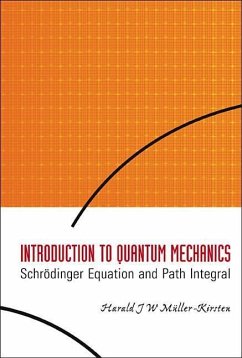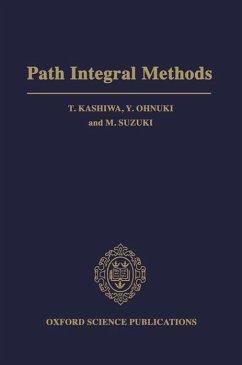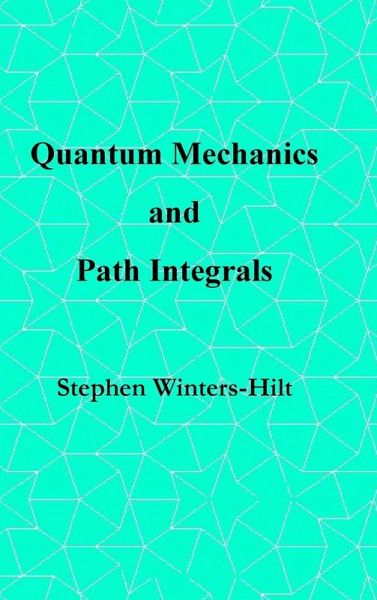
Quantum Mechanics and Path Integrals
Book 4 of Physics from Maximal Information Emanation
Versandkostenfrei!
Versandfertig in 1-2 Wochen
81,99 €
inkl. MwSt.

PAYBACK Punkte
41 °P sammeln!
This is a book on Quantum Mechanics. It starts with a description of the pre-Quantum physics developments that led to Quantum Theory. A thorough description of the modern Schrodinger and Heisenberg theories and applications is then given. After the standard, undergraduate-level, quantum mechanics description, a more mathematically formal construction is made with Dirac's axiomatic description, and more advanced quantum mechanical issues are addressed, such as relativistic quantum mechanics. At this point we've reached the normal extent of a first-year undergraduate course on quantum mechanics....
This is a book on Quantum Mechanics. It starts with a description of the pre-Quantum physics developments that led to Quantum Theory. A thorough description of the modern Schrodinger and Heisenberg theories and applications is then given. After the standard, undergraduate-level, quantum mechanics description, a more mathematically formal construction is made with Dirac's axiomatic description, and more advanced quantum mechanical issues are addressed, such as relativistic quantum mechanics. At this point we've reached the normal extent of a first-year undergraduate course on quantum mechanics. In coving the undergraduate quantum topics (introductory and advanced) a very large number of worked problems are considered in detail. Part of the selection on quantum mechanics topics (or emphasis) is meant to connect with the next book in the Physics Series where Quantum Field Theory is described. Thus, examples and background development relevant to establishing a quantum field theory motivate part of the selection of advanced topics. In the Quantum Theory described above the quantization approach is equivalent to canonical quantization, and it will do a great job giving the spectral lines of hydrogen and other atoms (as will be discussed) but there are areas where canonical quantization, directly, is not an optimal approach to quantization (and getting results). Instead, there is the Feynman path integral formulation of quantum mechanics, so this will be described in detail as well. Other than path integrals, the list of advanced topics that are covered includes relativistic quantum mechanics and exploration of theoretical foundations starting with deconstructing the propagator, Lorentz Invariance Representations, Spin-Statistics, and the Euclideanized Propagator. Lastly, a direct attempt is made at quantizing gravity by examination of the fully general relativistic shell collapse system and its quantization. Thus, the book covers undergraduate-level material and graduate-level material preparatory to a quantum field theory course (with a large number of carefully worked problems). But the book will also discuss quantum measurement theory, the nature of time, and explore quantum gravity, so may be of interest to advanced graduate students as well.



